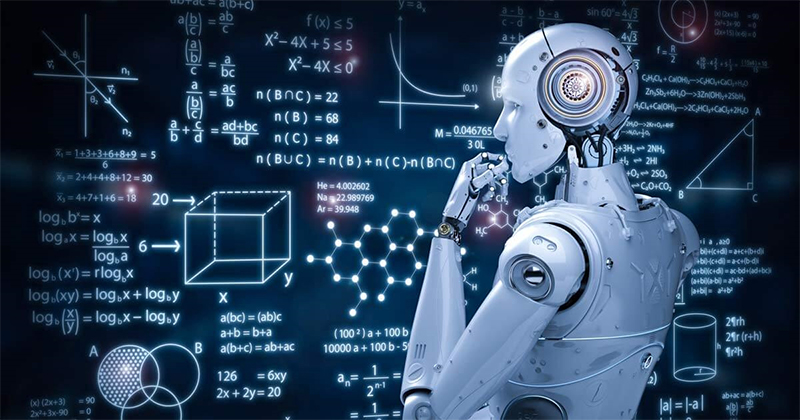
New to machine learning?
If you have shopped online, then knowingly or unknowingly you have contributed to machine learning. Yes, we are talking about the ‘customers who bought this item also bought’ recommendations on shopping sites. And no, those are not arbitrary.

Source: Starecat.com
In the most elementary definition, machine learning means “the field of study that gives computers the ability to learn without being explicitly programmed.” This ‘learning-ability’ trait is of profound importance as over the centuries this sole trait ‘of being able to learn, retain, improve and transfer knowledge’ has differentiated human beings from other species that more or less start at the same point basically reinventing the wheel again and again.
To understand machine learning let’s consider a simple problem set:

Case 1: We know these are fruits and all we need to do is to classify them.
Case 2: We know these are fruits but we want to know how fresh they are.
Case 3: We don’t know whether these are fruits or something else and we want the algorithm to decide it for us.
Types of Machine LearningCase 1: Supervised Learning - a simple ‘Train me’ scenario in which limited data is fed to the computer for a simple Yes/No classification.
The process:
Labeled data is fed to the computer→ the algorithm understands labeled data and segregates it into patterns and associations → the algorithm identifies a label for the new data
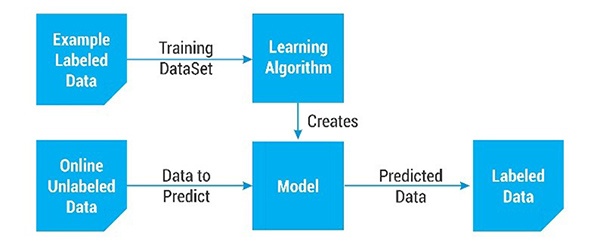
Source: Research Gate
Supervised learning approaches the above problem in three steps:
Step 1: Prepare a training data marking physical characteristics of fruits.

Step 2: Feed in the decision variable.
The algorithm will decide the name of the fruits based on the training data.
Step 3: For example, if the fruit is big, red and round with depression on top then it will go to the apple group.
Common Algorithms used for supervised learning: Linear regression, logistic regression, support vector machines, decision trees, naive Bayes, k-nearest neighbor algorithm, linear discriminant analysis, Neural Networks (Multilayer perceptron), similarity learning
Case 2: Reinforcement Learning - ‘I can learn on my own’ scenario in which unlimited data is fed for learning and continuous improvement.
The process:
Step 1: Create a training data of oranges (Fresh, Not fresh, Rotten)
Step 2: Feed data into the algorithm to decide the age.
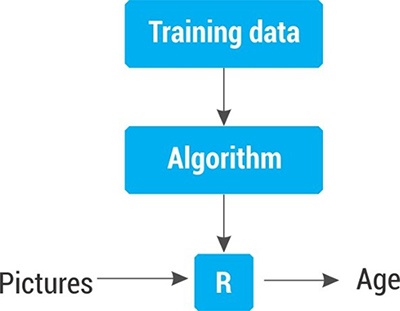
Common Algorithms for reinforcement learning: Clustering (hierarchical clustering, k-means, mixture models), Anomaly detection(Local Outlier Factor), Neural Networks(Autoencoders, Deep Belief Nets, Hebbian Learning, Self-organizing map), latent variable models (Expectation–maximization algorithm (EM), Method of moments).
Case 3: Unsupervised Learning- ‘I’ll find what to learn and learn it myself’ scenario in which unlimited data is fed to the computer for making sense and further learning.
Human communication has always been a complex synthesis of verbal and non-verbal clues. Among other factors conveyed, the meaning of the said words also depends upon the experiences of the listener and, the tone and the body language of the speaker. But something that has played such a pivotal role in the evolution of the most evolved species in time ought to be intricate which makes it difficult to replicate too. In short, an AI designed to communicate must be able to work at the level of human intelligence. Previously thought impossible, this elevation now seems quite probable with the help of machine learning and natural language processing (NLP).
A commonplace in the online world, scripted chatbots are no strangers to us. Designed for specific purposes and audience, these chatbots use predefined scripts to perform actions and answer a certain set of questions. But these were just an extension of written FAQs. Enter Intelligent chatbots and things change— Forever. Intelligent chatbots learn with every interaction with their clients or in other words, they work on NLP.
The process:
Begin by classifying fruits based on their physical traits.
Color - Yellow
Grapes or papaya.
Shape - Round or Oval, bunch shape cylindrical or Oval
Round and bunch-shaped: grapes
Oval: grapes and papaya.
Size - (Big/small)
Small: Grapes
Big: Papaya
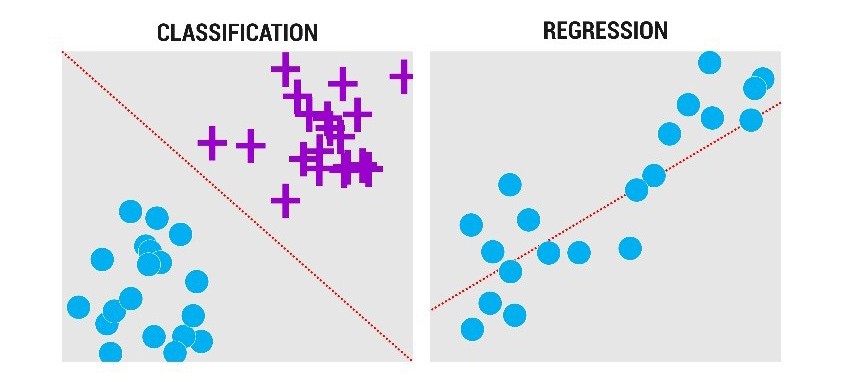
Source: Medium
Common algorithms for unsupervised learning: Clustering, Anomaly detection, Neural Networks, Expectation–maximization algorithm (EM), Method of moments, Blind signal separation
Rundown:Supervised machine learning is used:
- When results are predictable.
- Where inputs and outputs are known and we need a simple classification of data.
Reinforcement machine learning is used:
- When results are known and continuous refinement is needed.
Un-supervised machine learning is used:
- When results are unknown.
Machine learning has found applications in a plethora of business purposes. We list the most common ones here:
Supervised learning:
- Google’s PayPerClick campaign
- Spam marking systems
- Facebook’s face recognition
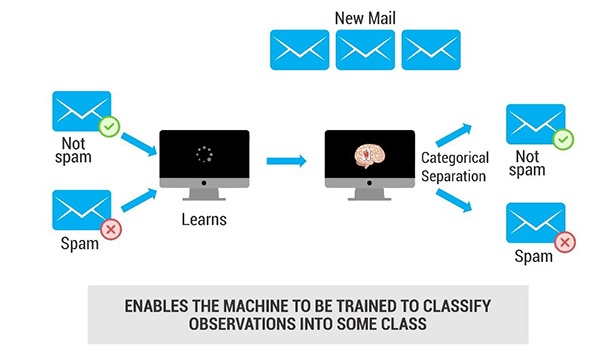
Source: Medium
Reinforcement learning:
- AlphaGo
- Inventory management robots
- Advertising
- Content optimization
Unsupervised learning:
- Trending news
- Movie recommendations
- Identifying customers for a loyalty program
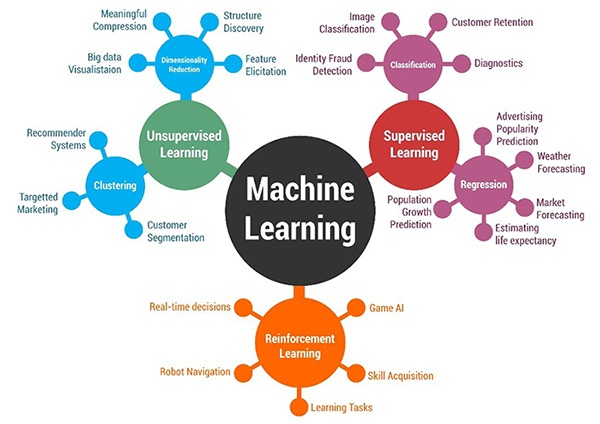
Source: Medium

































